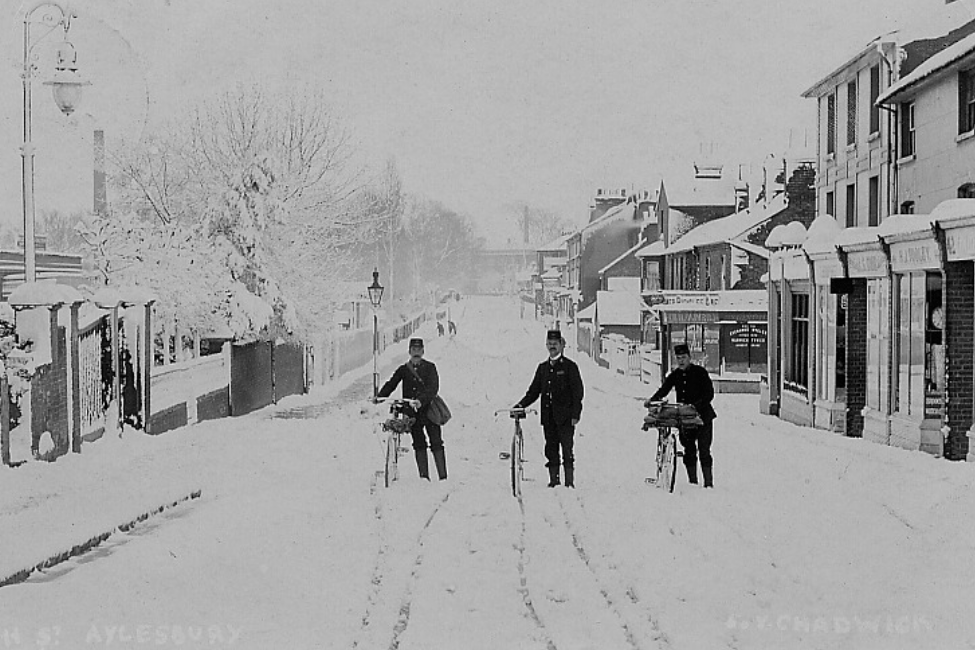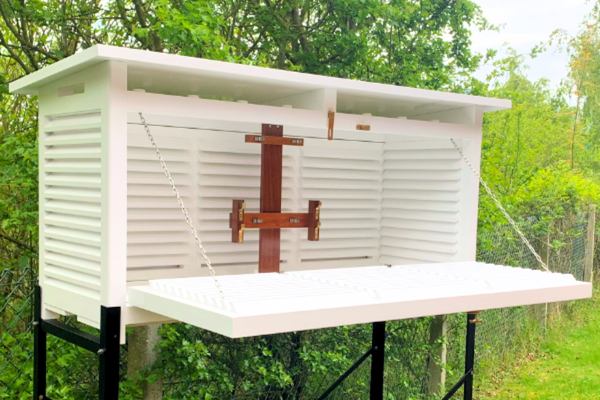When Winter Returns Out of Season

3 minute read
We're delighted to launch our Metcheck Blog with a guest post by Ian Currie. Ian is the editor of the brilliant 'Weather Eye' magazine which is a wonderful read for anyone fascinated by the weather.
April 2015 is ending on a chilly note with snow showers in the north of the UK following on from some places recording 21C the previous week but we should not be surprised at the sudden changes of temperature at this time of year for April abounds with such examples.
In 1908 two feet ( 60 cm) of snow fell widely across Berkshire, Hampshire and Oxfordshire towards the end of April. A doctor at Kingsclere, Hampshire laboured to the centre of a meadow and thrust a yard rule into the snow. Having fully inserted the measure it failed to touch the ground. At Steeple Aston north of Oxfordshire cottagers had to be dug out from there dwellings. In Northern England the temperature plunged to minus 13C at Garforth, West Yorkshire and to minus 12C in Edinburgh! Yet on the last two days of April the temperature soared to 18C, the snow melted and there were great floods.
An extraordinary late snowfall affected the south of England on the 27th April 1919. It lay up to 45cm deep in parts of Essex and Hertfordshire but fell thickly in Cornwall too. Even in London depths reached 38cm in suburbs to the north of the capital. The thickness and sheer mass of the snow caused much damage to fruits trees and it brought down many telephone lines in the Braintree area of Essex and even part of a building collapsed.
Late spring snow often is of the wet variety which clings and accumulates leading to great weights on shrubs, trees, wires and power lines. It was not all bad news—the snowstorm was followed by a sunny, dry and warm May.
Across the South a late snowstorm on the 25th April 1950 not only wrought terrible damage to trees and shrubs due to the weight of snow but power lines and telephone lines were severed. On the same day in 1981 deep snowdrifts trapped hundreds of people across the Pennines and even down south on the Salisbury Plain 300 people were rescued by the army and police having become entombed in cars and coaches by deep drifts.

25th April 1908. Deep Snow in Abingdon.
The Irish writer Oliver Goldsmith back in the eighteenth century wrote “But winter lingering chills the lap of May”. Even May can bring a taste of winter weather. An air temperature of minus 9C (16F) has been measured in the sandy Brecklands of Norfolk as late as the 11th in 1941. Minus 8C was recorded on the outskirts of London on the 17th May 1935. This same date in 1891 witnessed a remarkable cold spell with heavy snow in many places. In the Midlands at Daventry it was 15cm deep with similar depth at Norwich and at Banbury it lay on the ground into the afternoon. Trees branches fell and shrubs broken under the weight of the snow. In Yorkshire the temperature fell to minus 5C and some places in the London area stayed below 5C all day.
Perhaps we should not cast our clouts’ til May be out!
Metcheck would like to thank Ian Currie for contributing this article to our blog and recommend taking a look at www.frostedearth.com, a fantastic resource for all weather enthusiasts.
Also in Metcheck News

How Rain Gauge Data Predicts Future Trends

Understanding the Stevenson Screen

